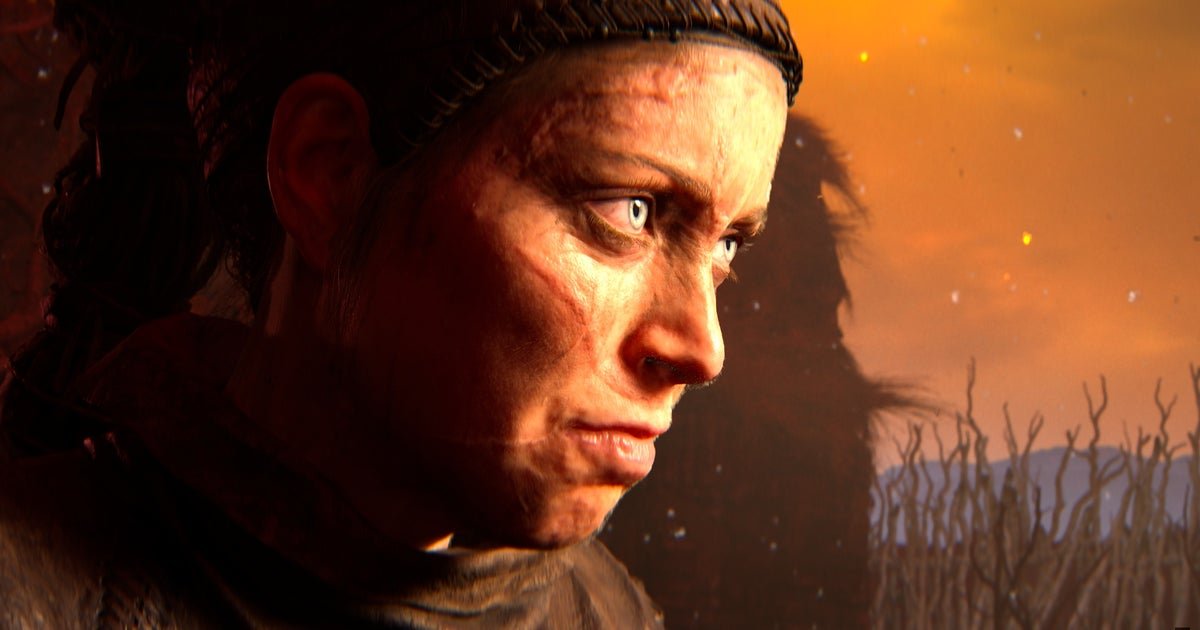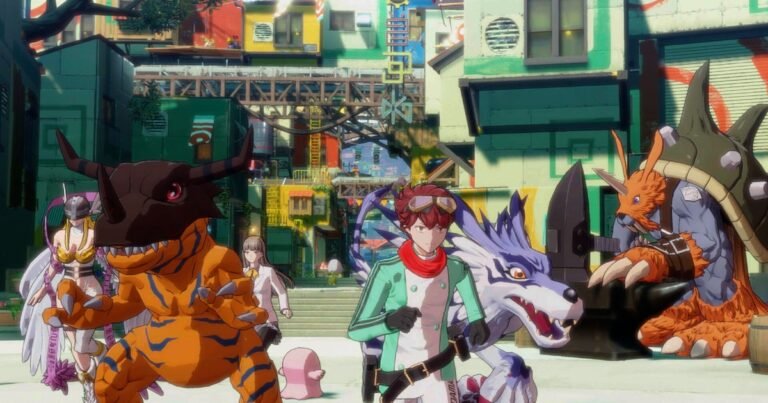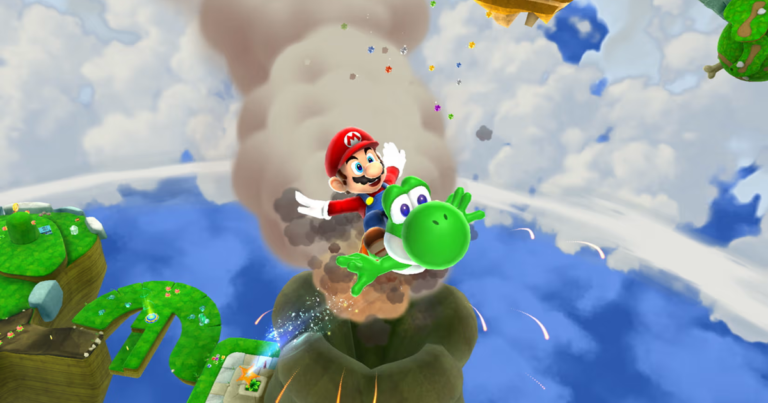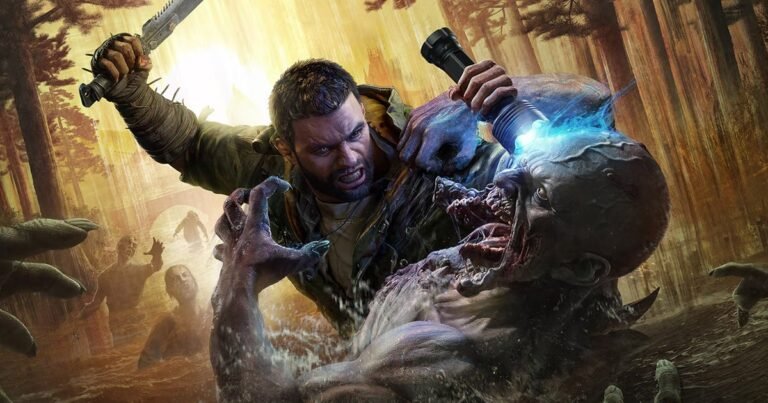
Hellblade II is a technical marvel with enhanced player interaction but lacks traditional gameplay elements. The sequel, Senua’s Saga: Hellblade II, has finally been completed after being announced in 2019. Set in 9th century Iceland, the game follows Senua’s battles with psychosis, featuring improved combat and visuals powered by Unreal Engine 5. Despite its slow-paced narrative and intense audiovisual experiences, the gameplay involves solving puzzles, navigating dark environments, and dealing with conflicting voices in Senua’s head. While the narrative remains compelling, the gameplay elements fall short in providing a satisfying experience for players.
Combat in Hellblade II is repetitive and lacks the expected freedom of action. The confrontations feel rigid and predictable, with boss encounters failing to introduce new challenges or enrich gameplay. The limited gameplay elements, mainly consisting of basic interactions and predetermined combats, leave much to be desired in terms of player engagement. The stunning visuals and exceptional sound design enhance the overall audiovisual experience, but the lack of substantial playable elements hinders the game from reaching its full potential.
The audio work in Hellblade II stands out as a phenomenal aspect of the game, with intricate sound design that immerses players in Senua’s journey. The directionality of the sounds and the way they interact with the player’s senses contribute to a unique and immersive experience. While the game excels in its audiovisual presentation, the scarcity of gameplay elements, rigid combat mechanics, and disappointing boss encounters prevent Hellblade II from being a truly transcendent gaming experience.



